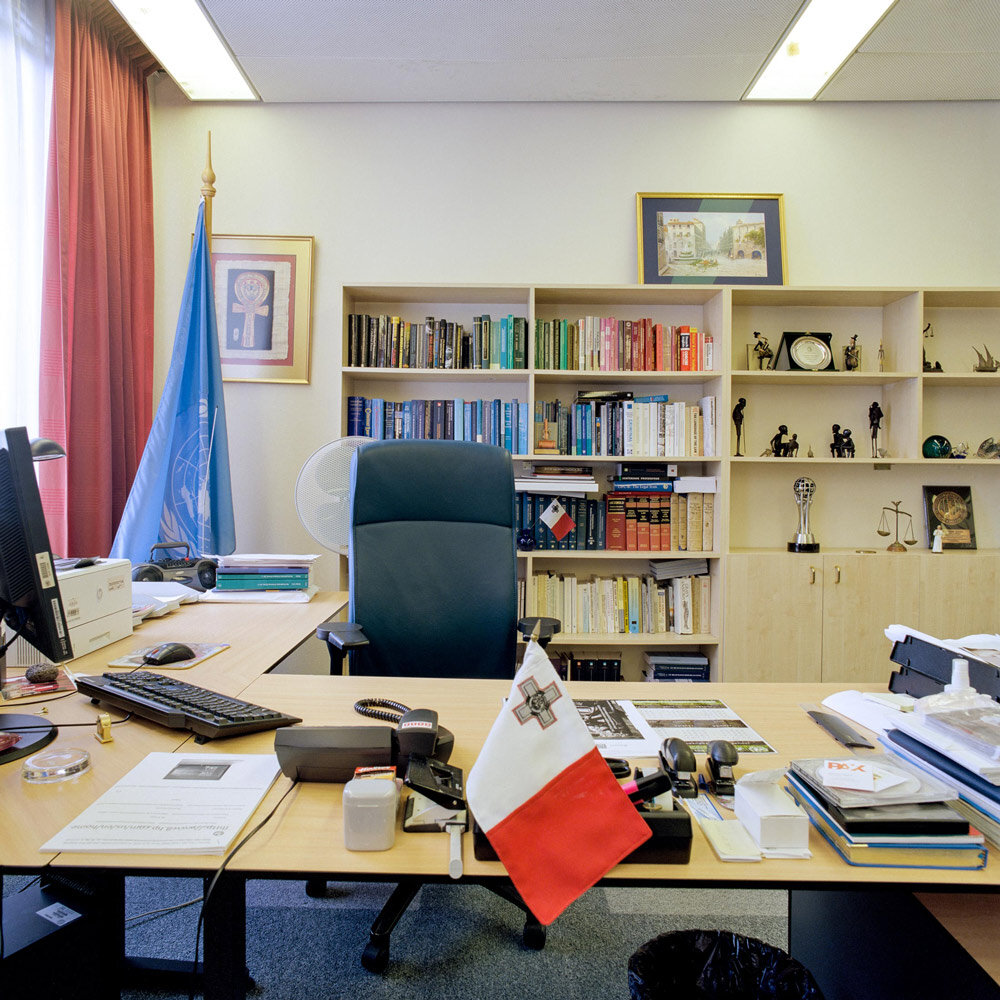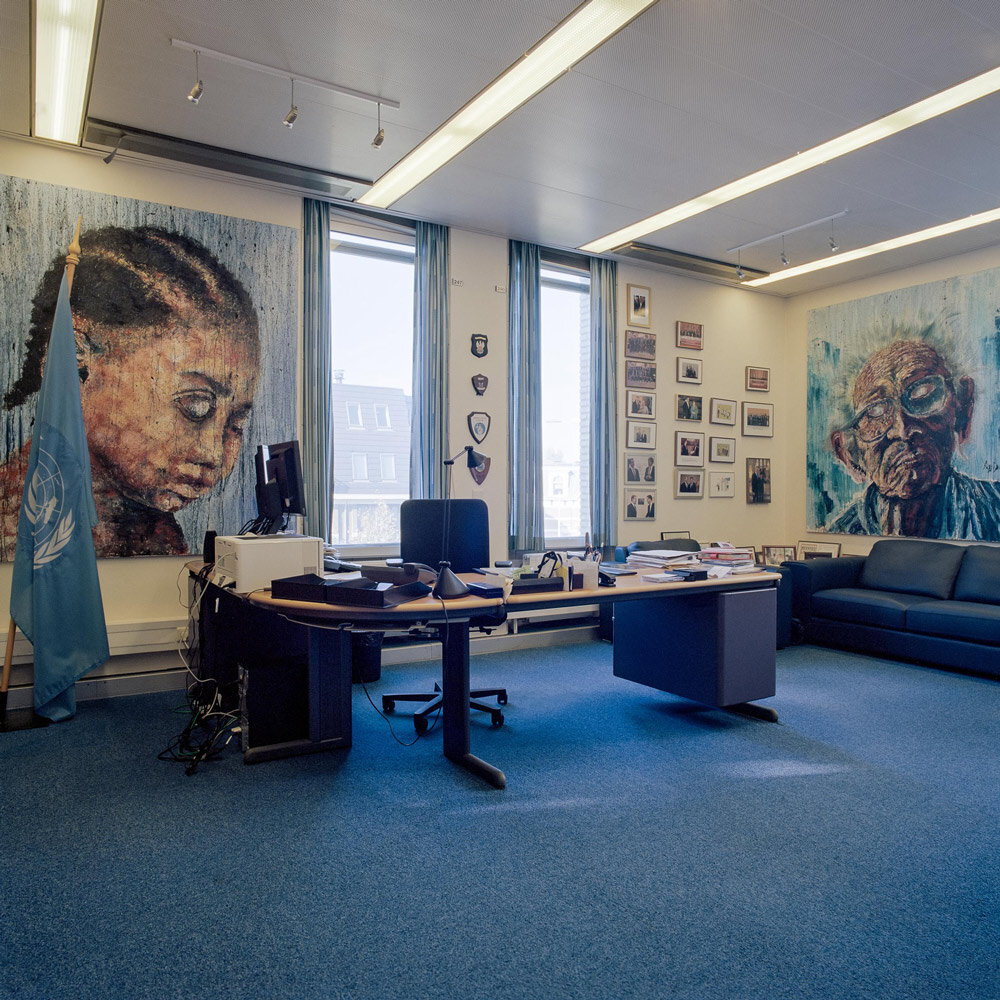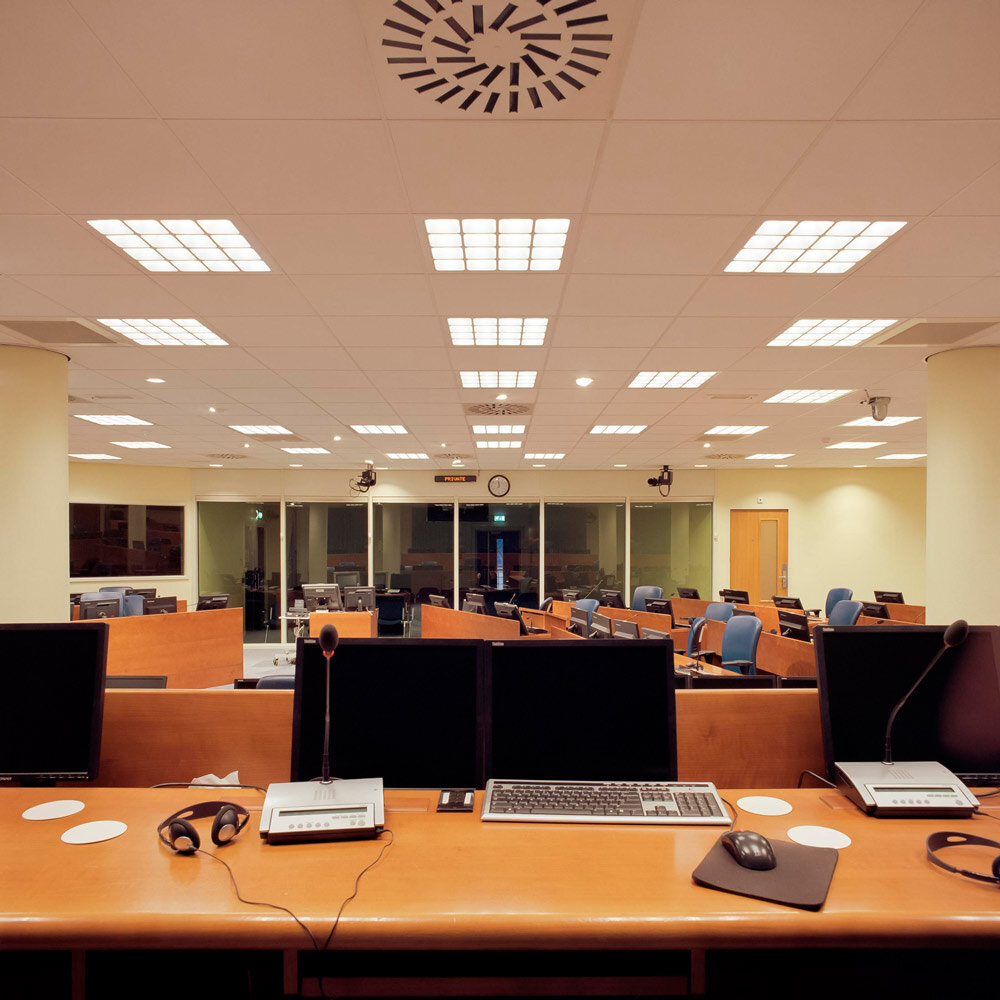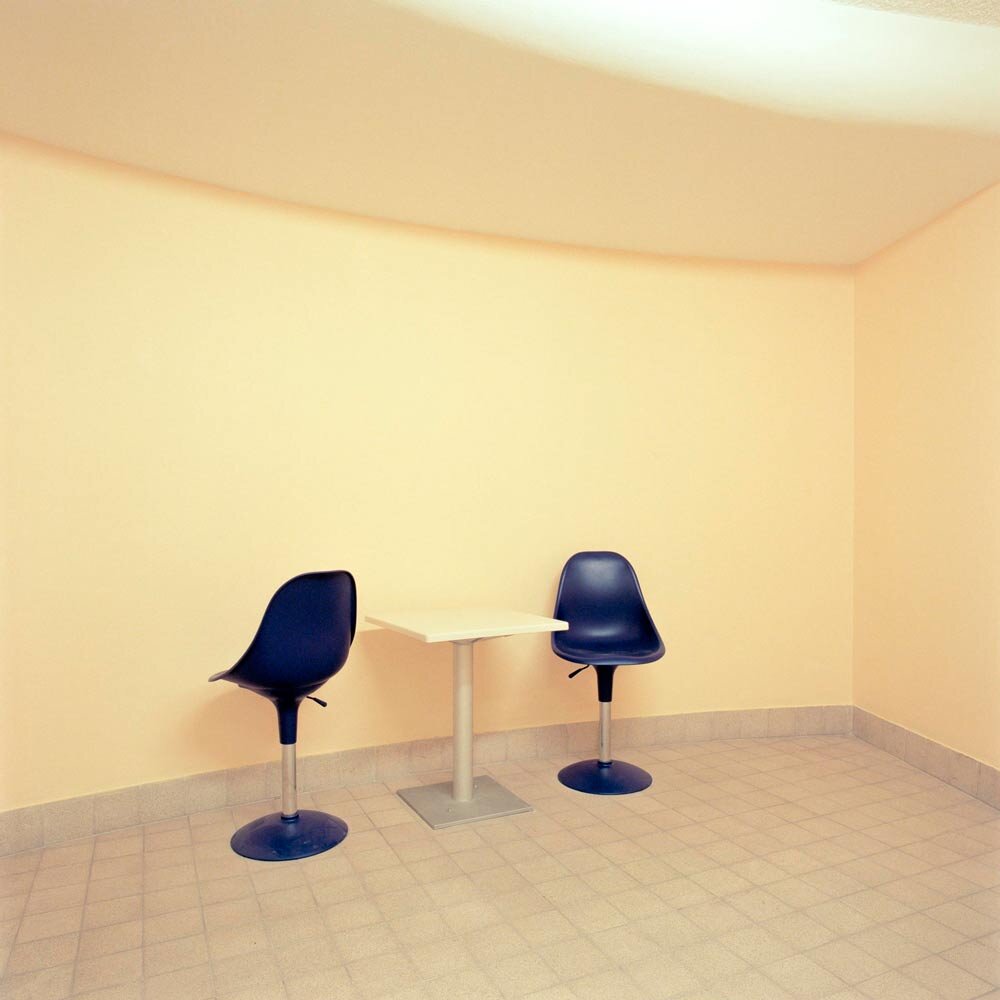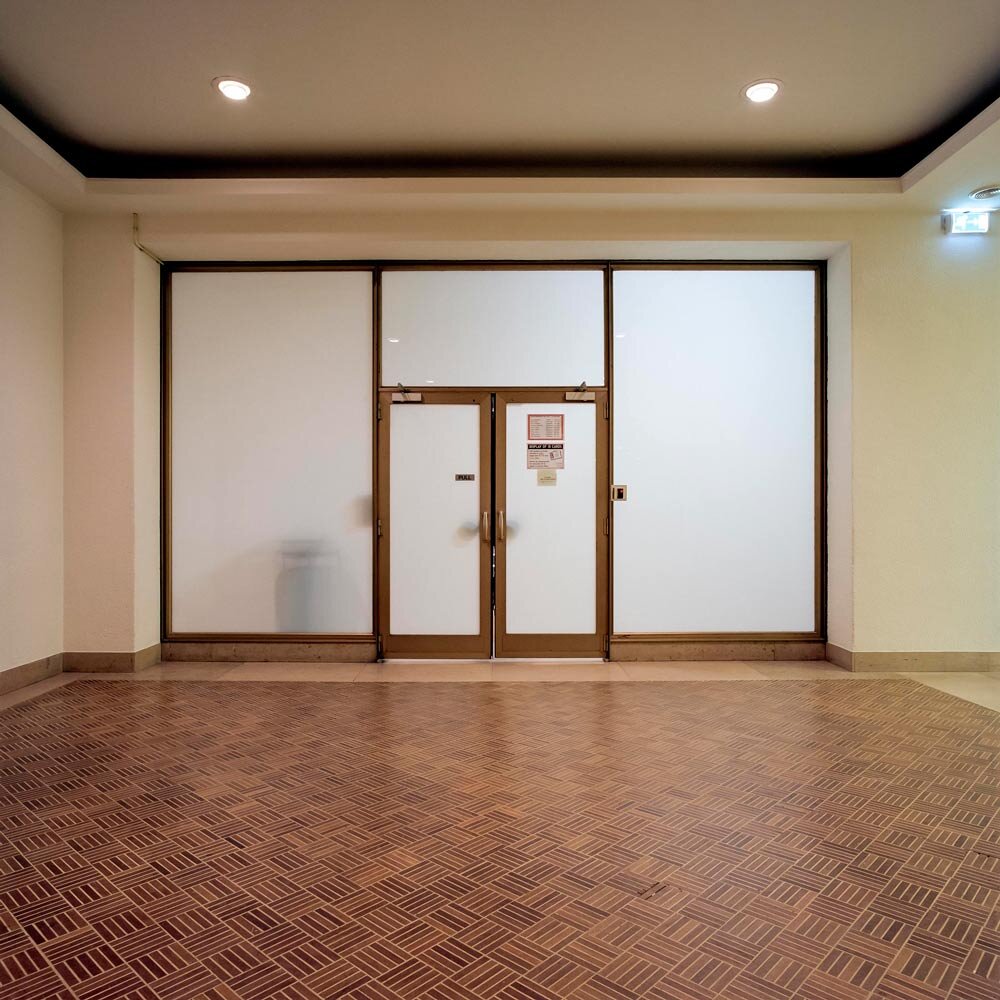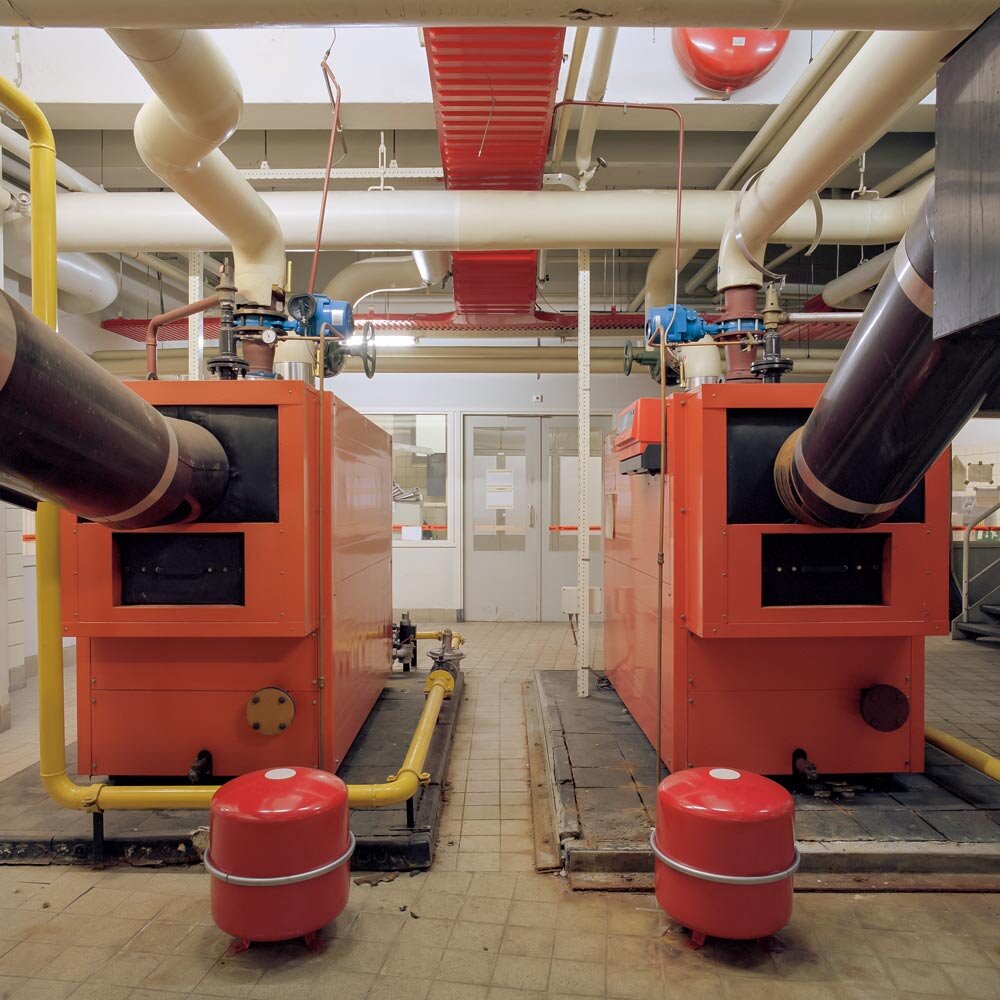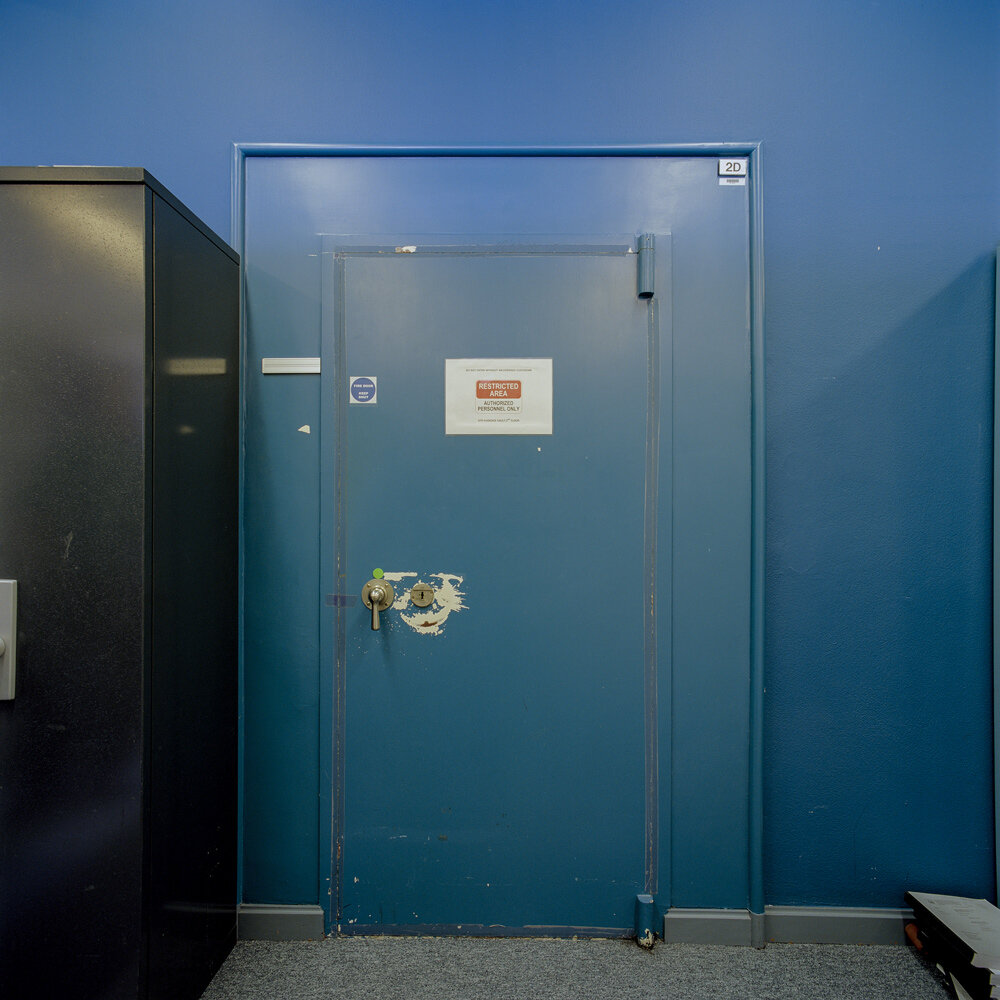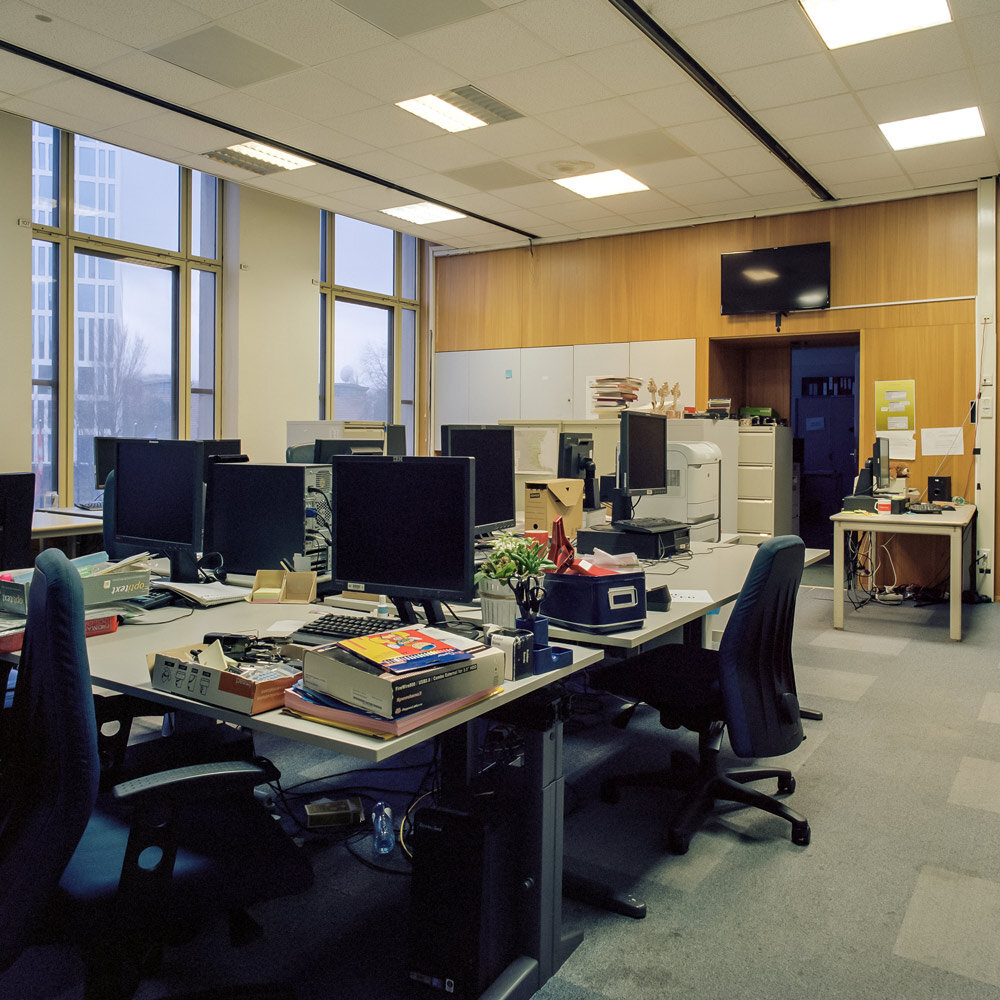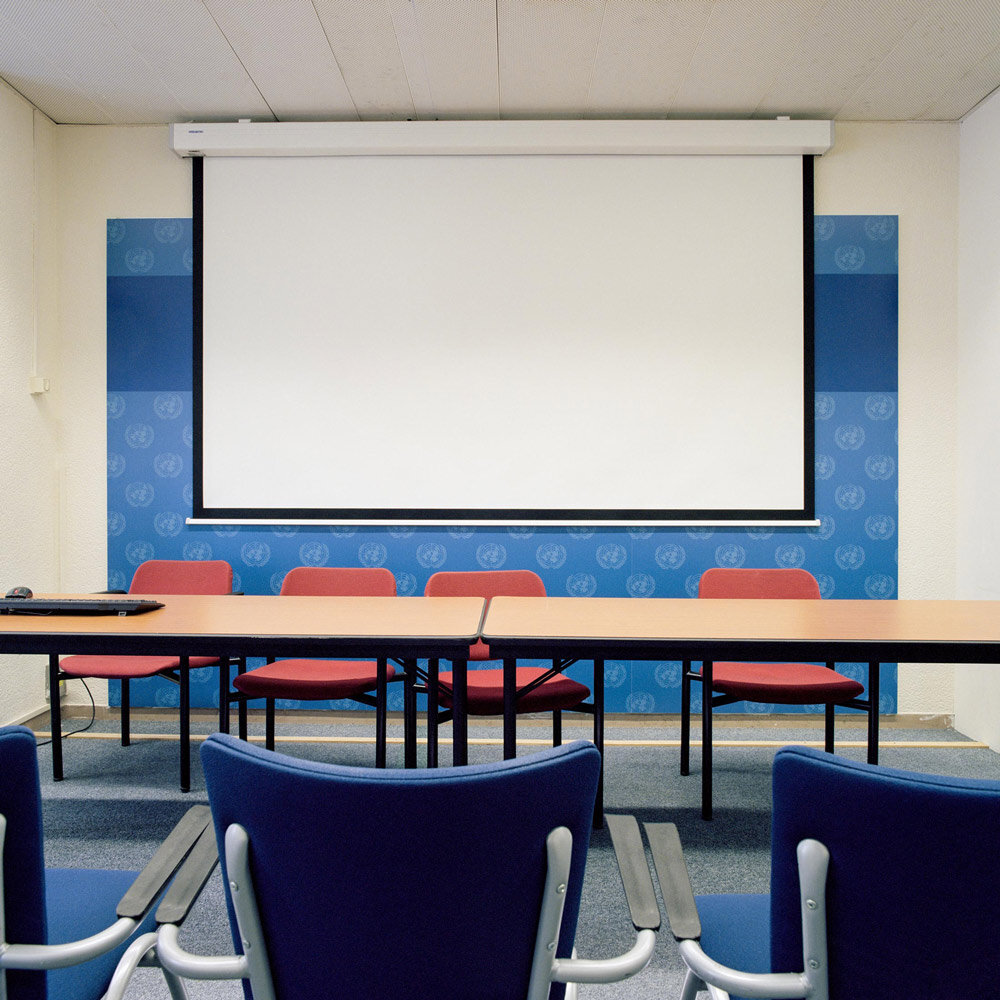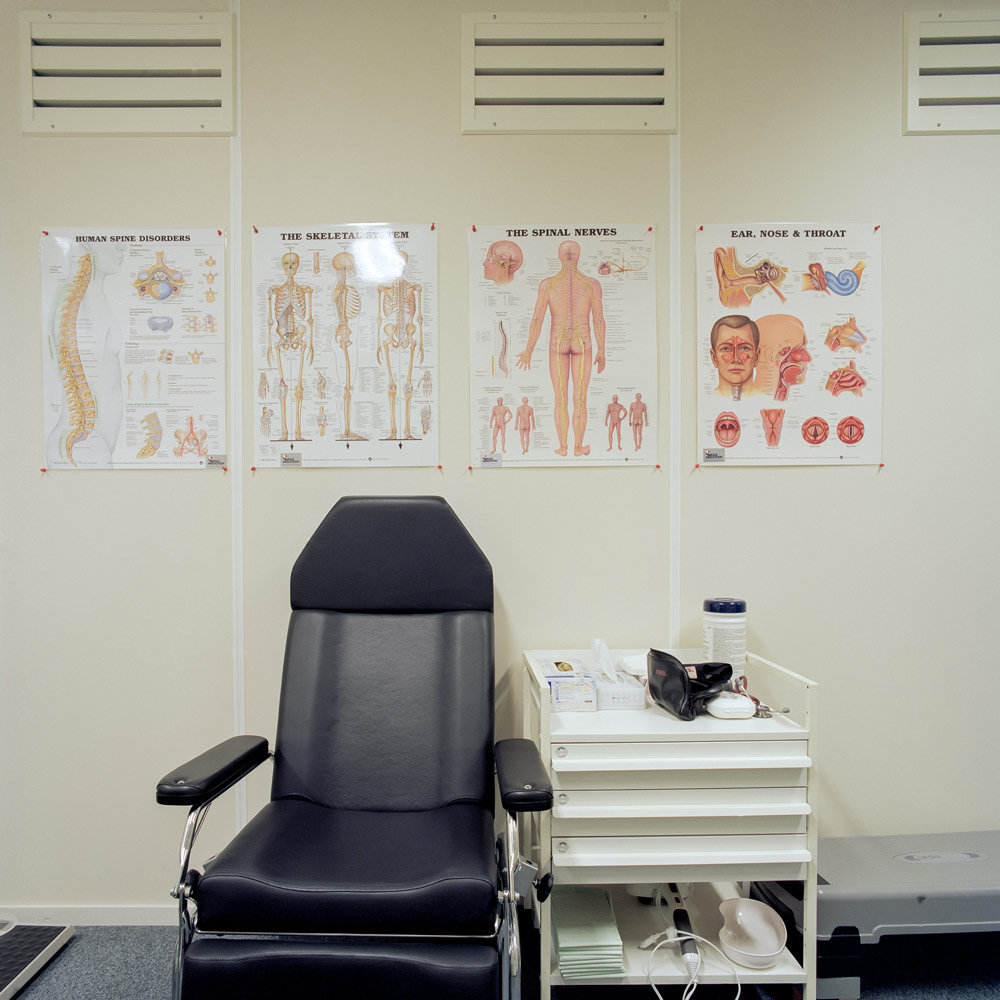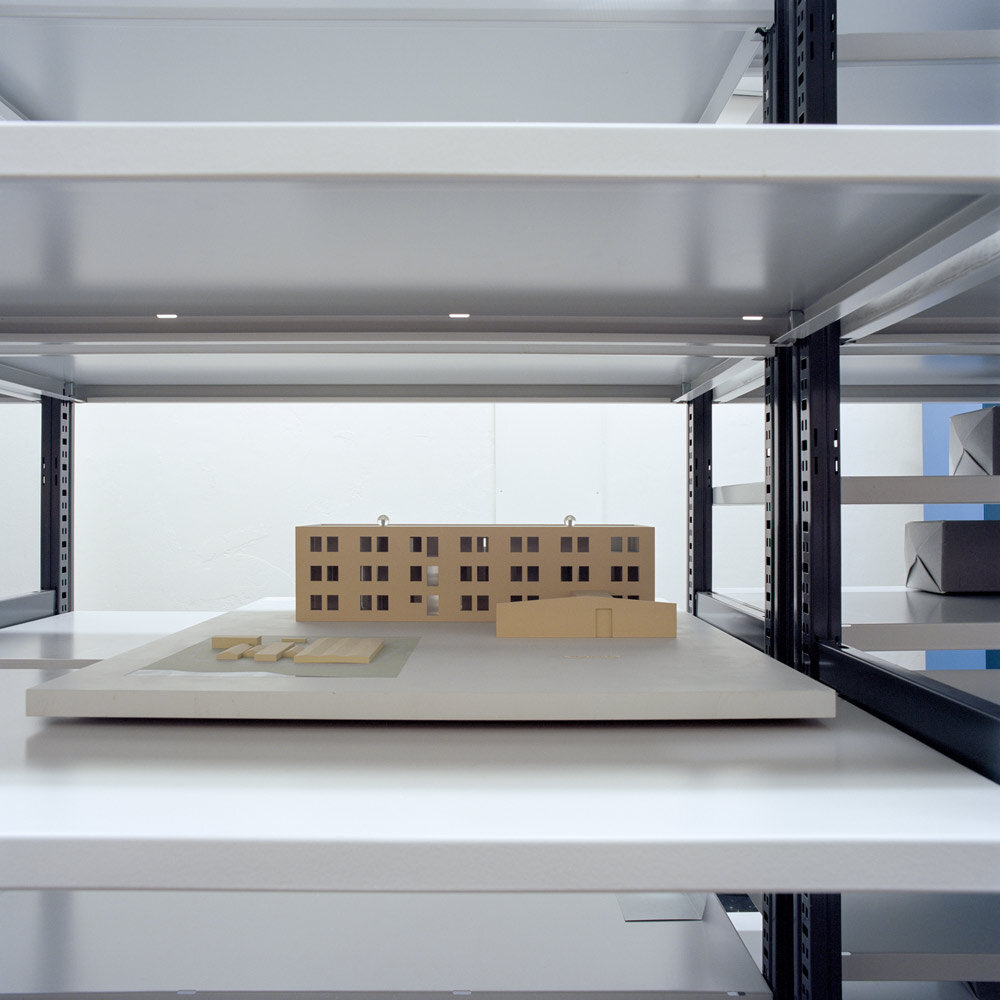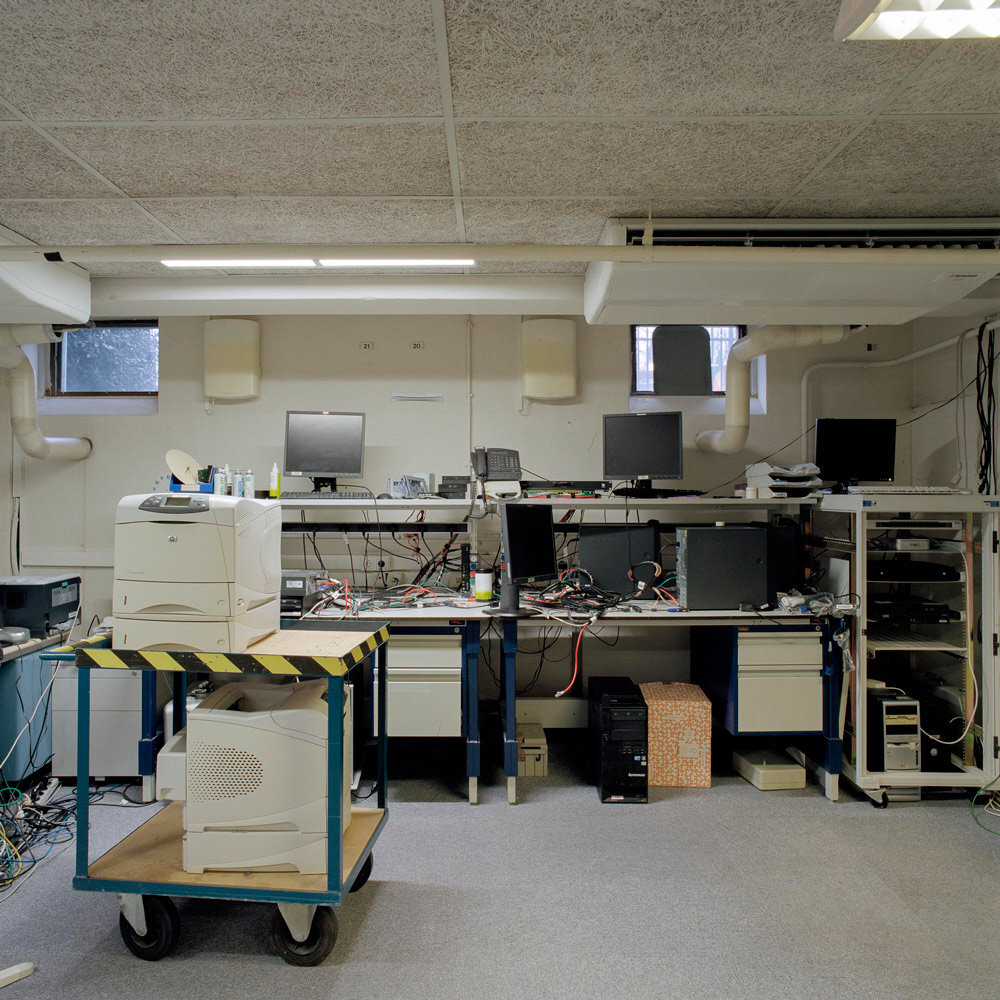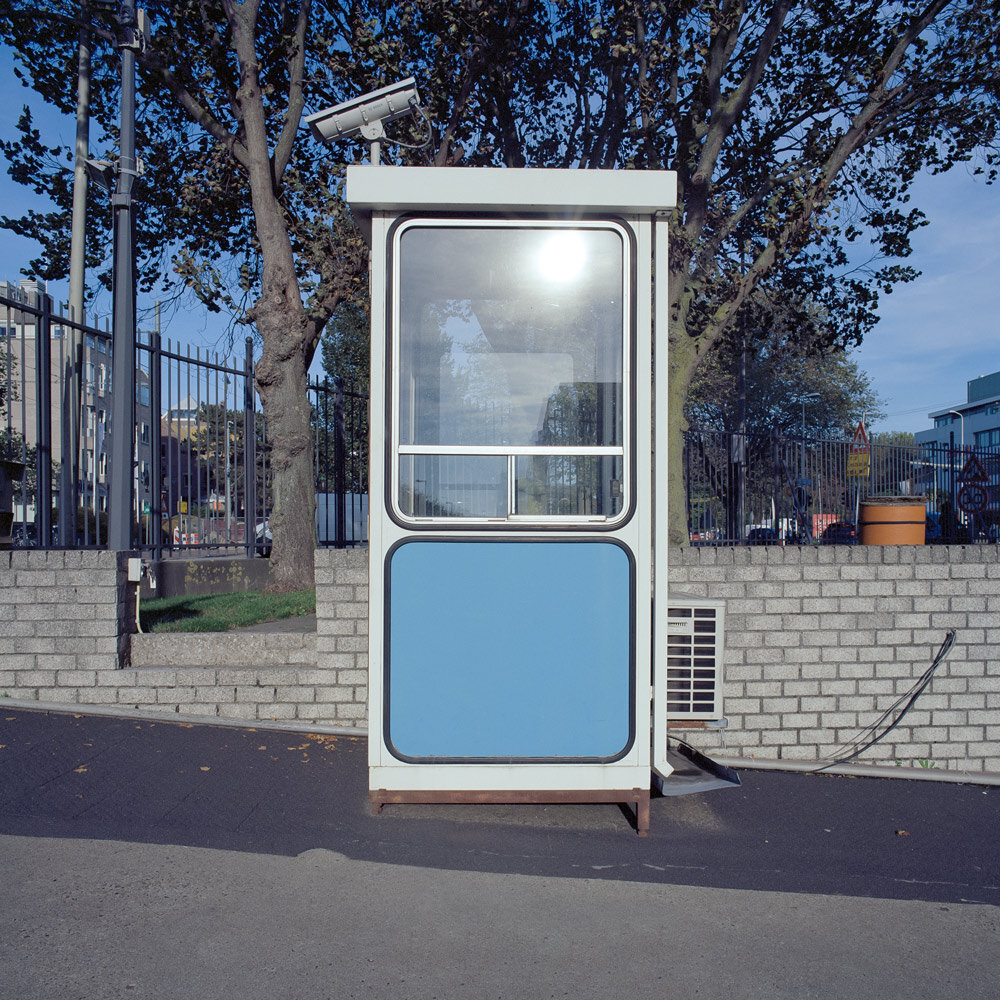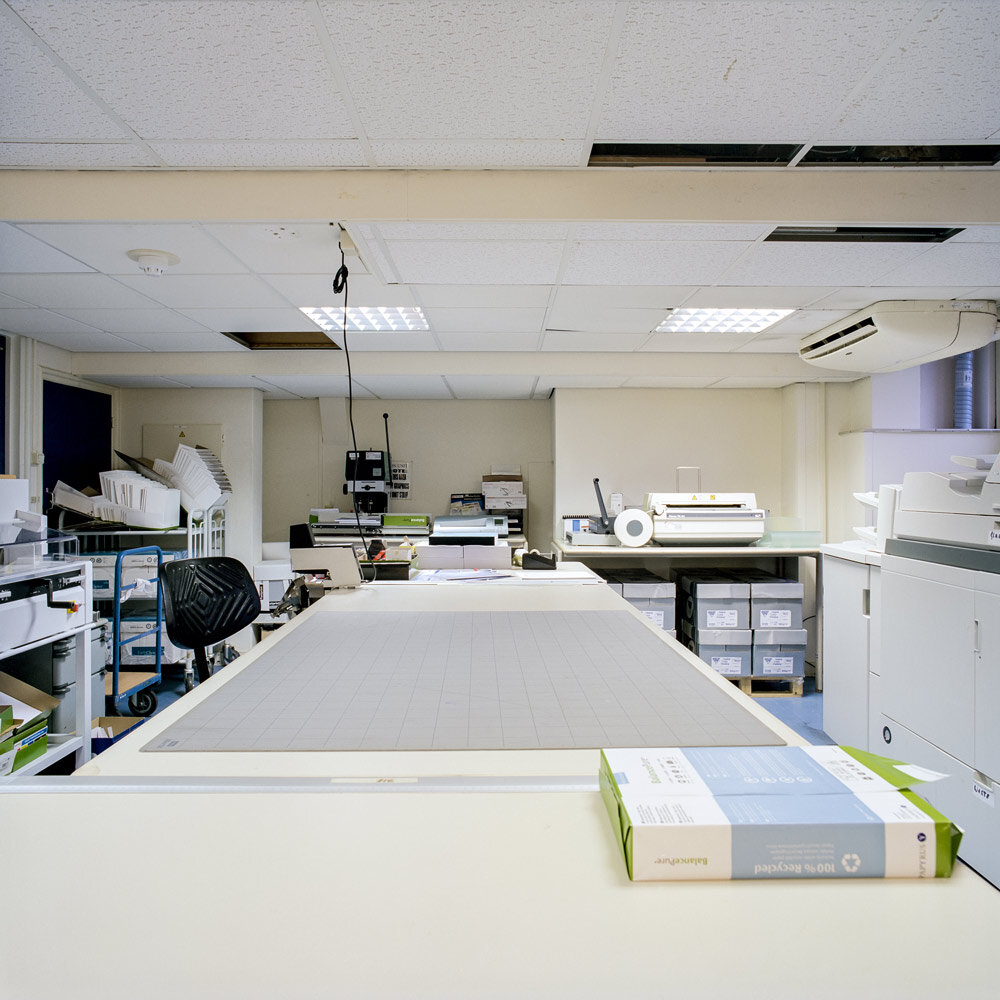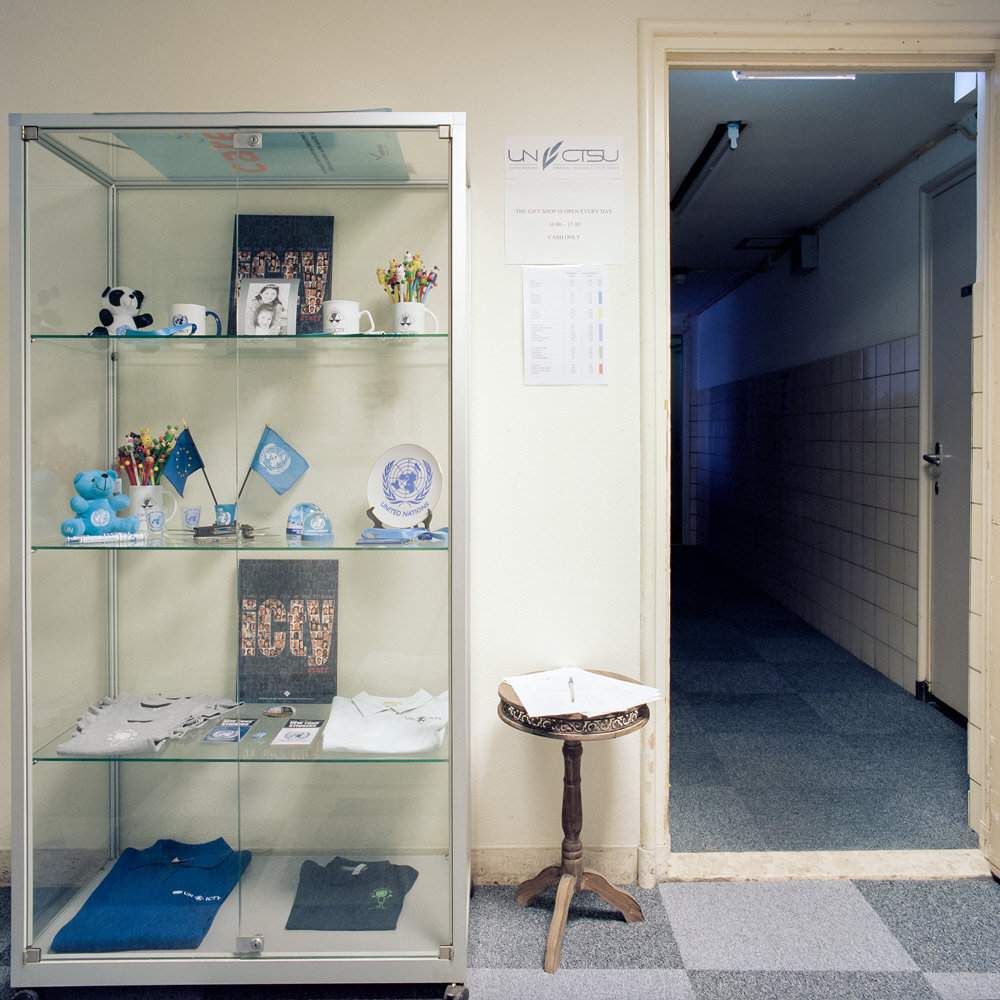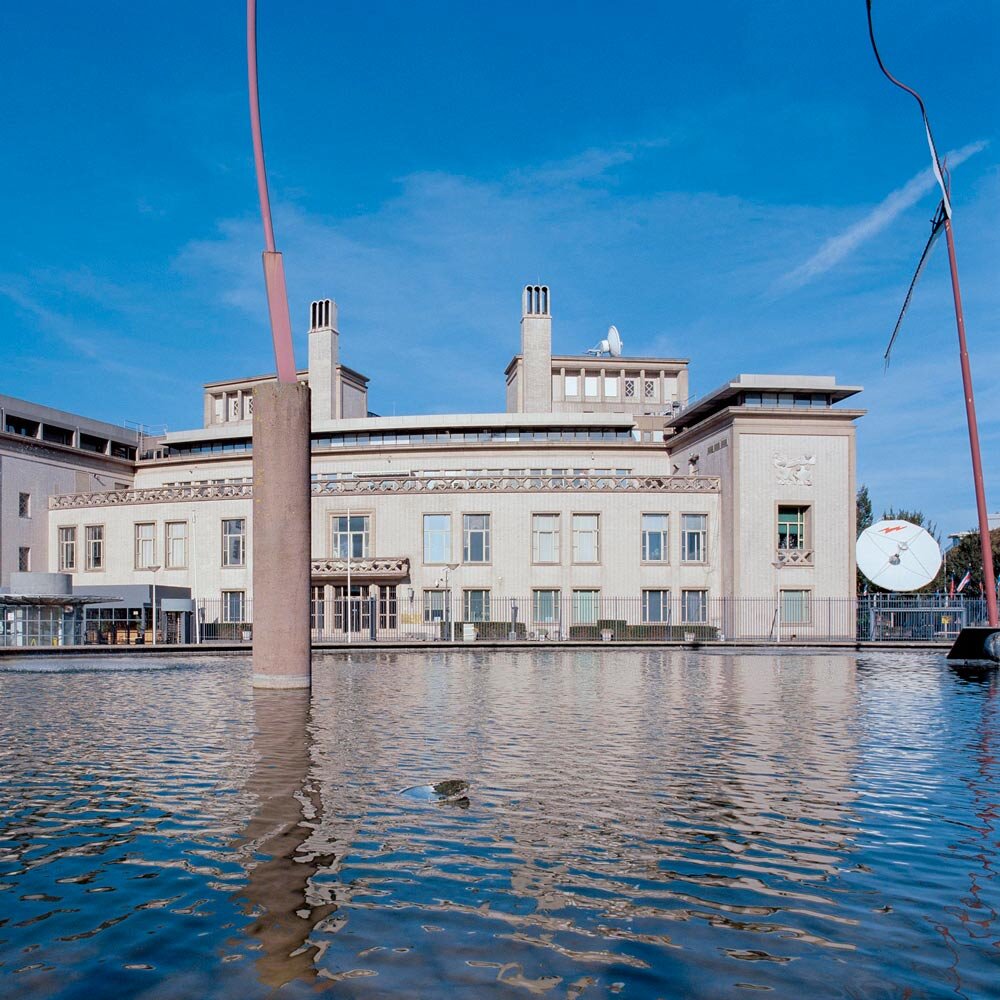The Tribunal
The International Criminal Tribunal for the former Yugoslavia was the first international criminal court created since the International Military Tribunals at Nuremberg and Tokyo were set up after the Second World War. The Tribunal was created by the United Nations Security Council on 25 May 1993 in the middle of the burning ethnically-fuelled conflict that arose as Yugoslavia began to break up into its component republics. The Tribunal tried the most senior and most responsible persons for the masses of awful atrocities that the warring parties committed against in particular the civilian population. When the Tribunal closed on 31 December 2017 it had convicted 90 individuals for crimes ranging from genocide and crimes against humanity to war crimes. It acquitted 19 persons.
The public’s impression of a court is invariably that which happens in court or is reported in the media. But the reality is that a vast number of functions were necessary to make the Tribunal operate, each one an equally important part of the whole. Over the almost 25 years that the Tribunal existed thousands of committed staff members from all over the globe served in a great variety of roles. All contributed to the well-functioning machinery that worked tirelessly behind the scenes so the world could see justice be done in the three courtrooms.
At its most active the Tribunal heard ten trials concurrently by sitting morning sessions (0900-1345) and afternoon sessions (1415-1900) every workday of every week and using every available slot in the courtroom calendar in the event of adjournments. The complexity of that feat cannot be overestimated. It is a level of judicial effectiveness that is only possible in an institution that truly works.
The idea to this project came to me as the Tribunal began to wind down its operations in 2015. At that time the small, almost intimate, Courtroom 2 had already been turned into an archival vault and was beyond the reach of photography. And more changes were fast coming to the building on Churchillplein 1 in The Hague. I realised then that I had a last chance to show the Tribunal as it looked from the inside and to highlight its many component parts in order to show the institution’s diversity. At the time of publishing this project in June 2021 Courtroom 3 and its public gallery are gone forever, having been turned into two meeting rooms.
All of these photos are devoid of people to let the viewer take in the locations and allow these to speak freely. But each photo is dedicated to the many unsung and often unseen heroes of the Tribunal who once filled these halls with life. Each and every one of them gave a crucial contribution to the Tribunal’s achievements and served both the institution and the crucial cause of justice with distinction.

